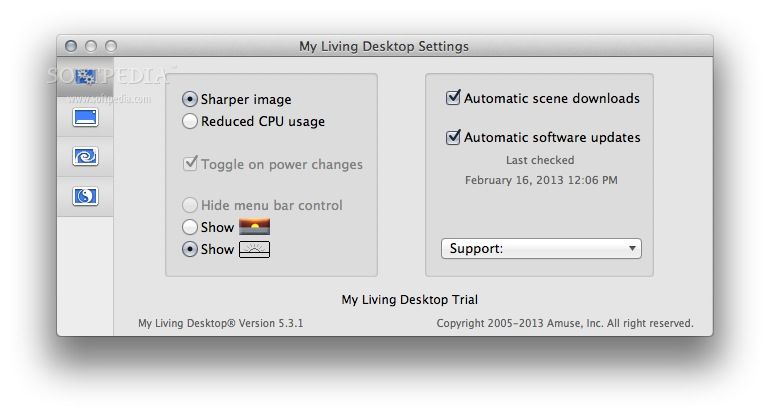


Photophobia is the second most prevalent symptom after headache reported by post-concussion syndrome or traumatic brain injury patients. 5 Concussion, post-concussion syndrome and traumatic brain injury In addition, dry eye patients with persistent photophobia experience less relief with artificial tears, a common remedy for the ocular disorder. Three out of four individuals diagnosed with dry eye have reported painful light sensitivity with nearly 40% of these cases rated as severe. Dry eye diseaseĭry eye disease is one of many eye-specific conditions that can result in photophobia, and it is the most frequent cause of the symptom.

4 Read more about the connection between migraine and photophobia. 3 Some research has even suggested that there may be a seasonal component to migraine-related light sensitivity. People with migraine generally have been shown to have a lower threshold for bright light as well as greater photophobia between attacks as well. Moreover, photophobia is common at all stages of a migraine attack, from the aura phase through the postdrome (or post-attack) period. In fact, it is one of the distinguishing diagnostic criteria for the condition. MigraineĪfter headache or head pain, light sensitivity is the most prevailing symptom of migraine-affecting approximately 90% of individuals with the headache disorder. In this next section, we take a deeper look at how photophobia impacts some of the more prominent conditions on this list. Video courtesy of Canadian Association of Optometrists

If light hurts when you look at it, the problem must be in the eye, right? While that seems logical, photophobia is actually a neurological issue that involves communication between the eye and the brain. It can be persistent or chronic in some and temporary for others, and it can even cause pain as well but not always. Not a condition in and of itself, photophobia or light sensitivity is a symptom of dozens of other conditions, and it can have different effects for different people. In this sense, photophobia can literally mean a ‘fear of light,’ but in reality photophobia refers to a strong sensitivity to light. You are probably familiar with the term ‘phobia,’ which generally describes a ‘fear’ of something.


 0 kommentar(er)
0 kommentar(er)
